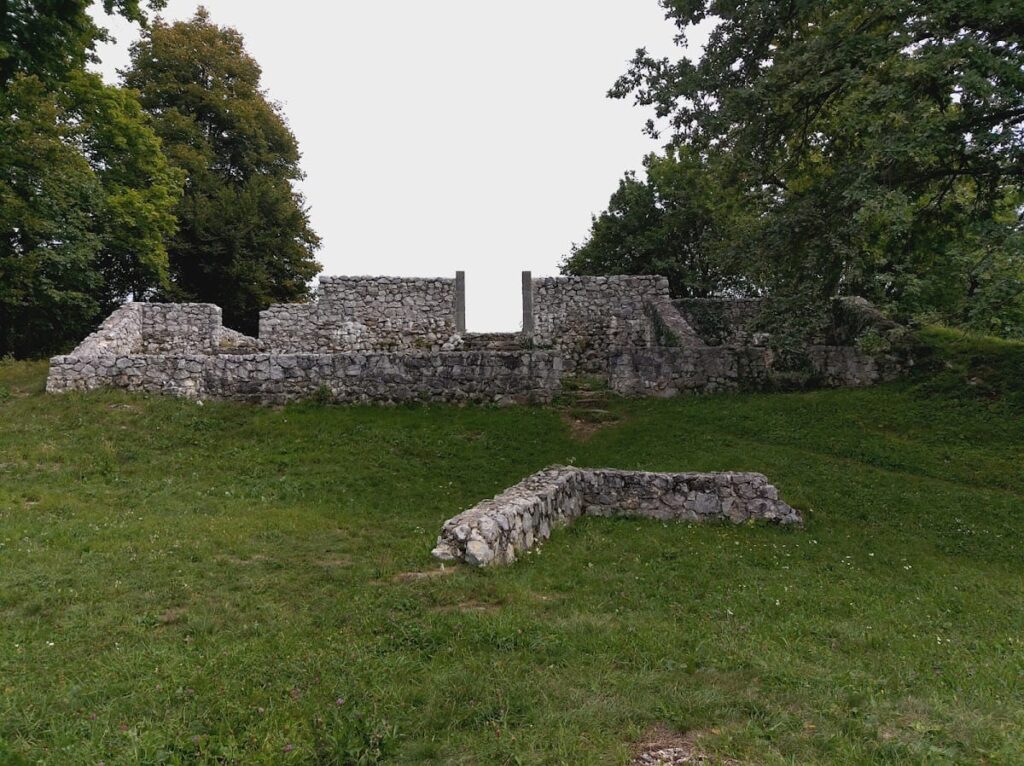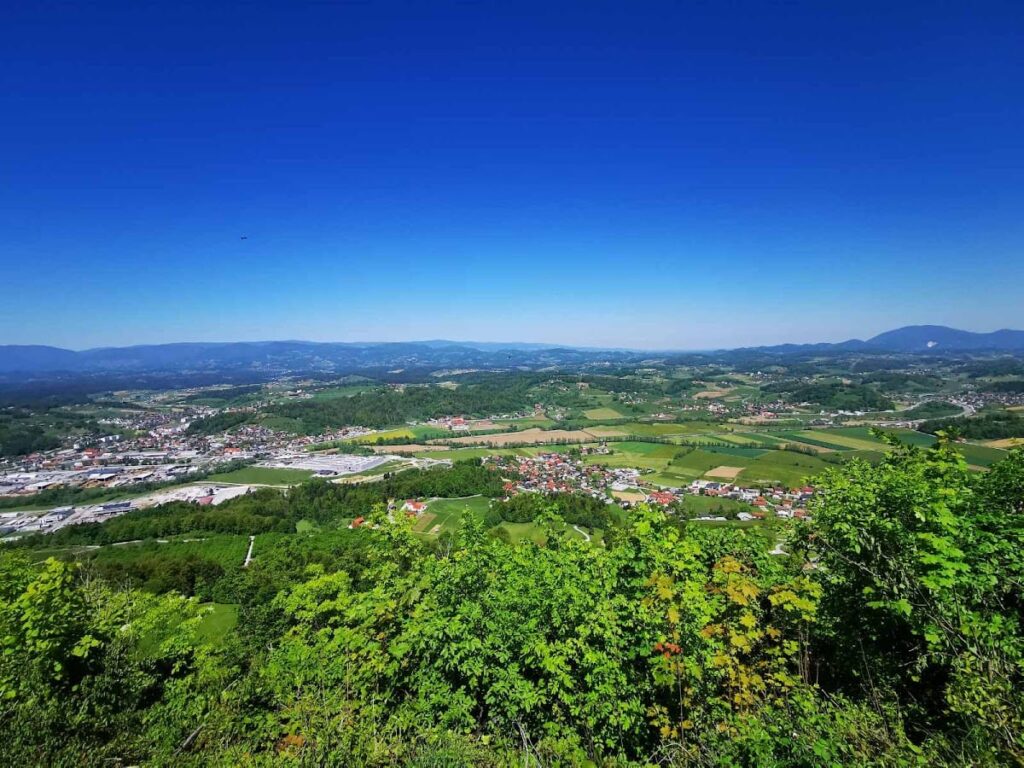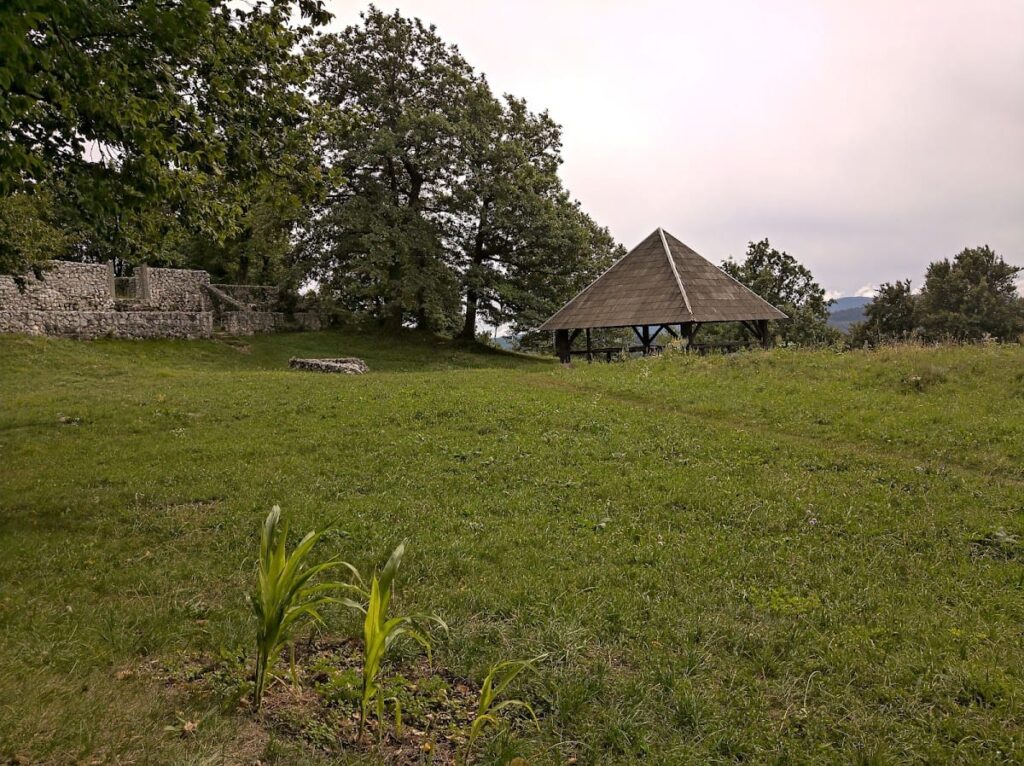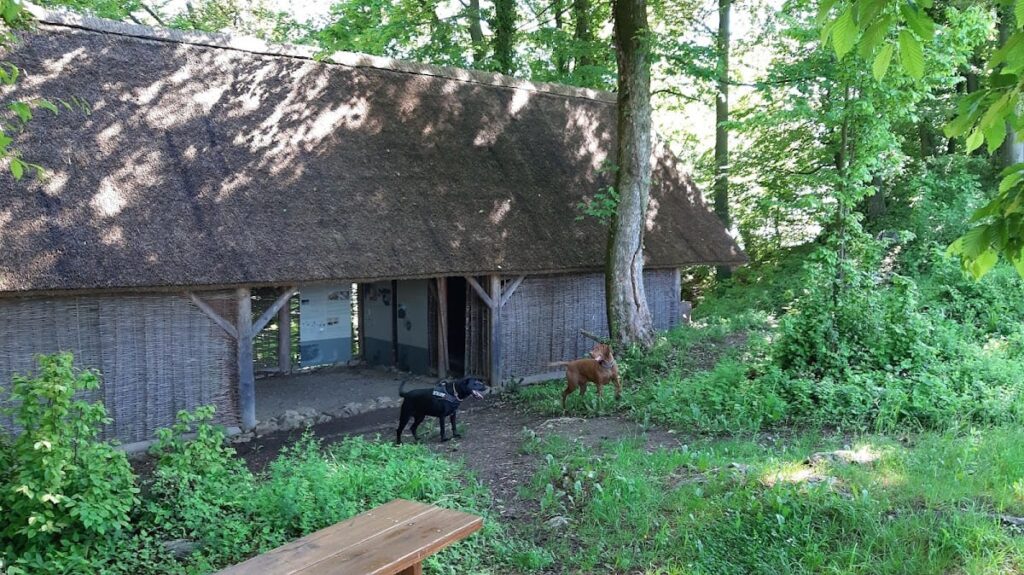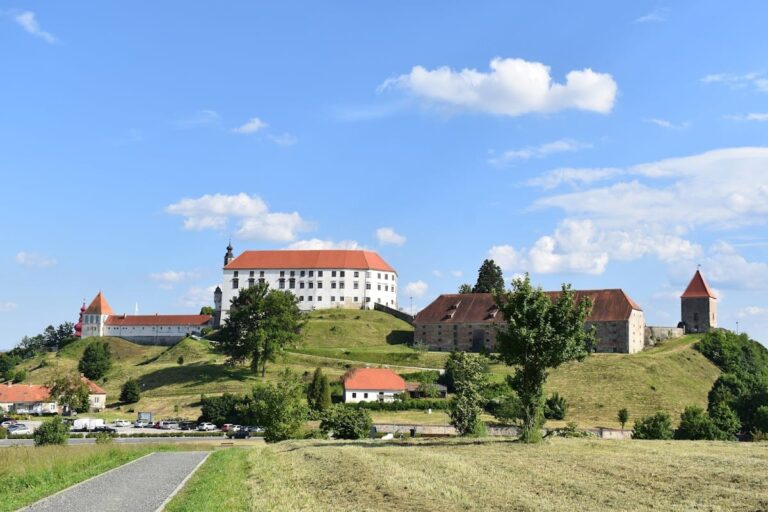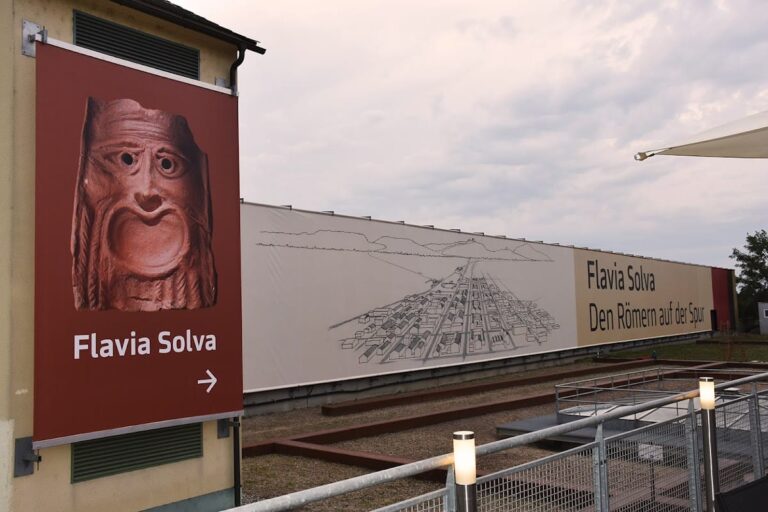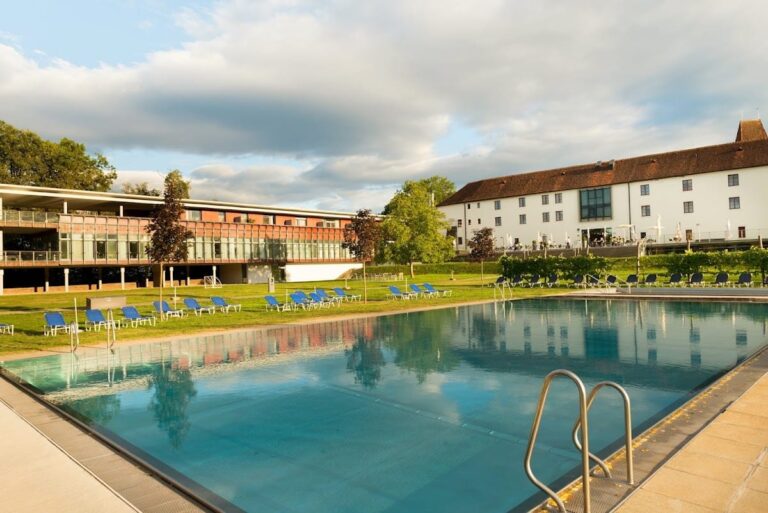Rifnik Hill: An Archaeological Site in Eastern Slovenia
Visitor Information
Google Rating: 4.6
Popularity: Very Low
Google Maps: View on Google Maps
Official Website: www.turizem-sentjur.com
Country: Slovenia
Civilization: Roman
Remains: Domestic
History
Rifnik Hill is situated in eastern Slovenia, near the town of Šentjur. Archaeological evidence shows human activity here from the late Bronze Age. During the Early Iron Age, local populations constructed burial mounds.
In the Late Roman period, the hill became a religious center with the construction of a temple dedicated to Aqvon, the deity associated with the nearby Voglajna River. This temple highlights the importance of local water worship and the integration of Roman religious practices with indigenous beliefs.
Following the decline of Roman paganism, an early Christian church was built on the same foundations as the temple to Aqvon. This change illustrates the transition from Roman polytheism to Christianity in the region. Additionally, on the western edge of Rifnik Hill, there was a separate church linked to Arianism, a Christian belief considered heretical by mainstream Christianity at the time.
The site’s history extends into the early medieval period, ending with the arrival of Slavic peoples in the 6th century.
Remains
Rifnik Hill features a variety of archaeological remains arranged across its slopes, reflecting multiple historical periods. The site includes open-air displays and reconstructions based on extensive excavations.
One prominent feature is a reconstructed Hallstatt house, representing late Bronze Age architecture.
The Early Iron Age burial mounds remain visible on the northern and eastern slopes.
On the hilltop, the foundations of a Late Roman temple dedicated to Aqvon have been uncovered. This temple was later repurposed for an early Christian church, showing a clear sequence of religious use. The remains of these buildings are partially restored.
On the western edge of the hill, archaeologists identified the site of a church associated with Arianism.
The archaeological park divides its exhibition into two main chronological sections. One covers material culture from the late 4th century BCE until the Roman arrival, while the other focuses on the Roman period through to the Slavic settlement in the 1st to 6th centuries CE. This organization helps illustrate the long-term development of the site.
